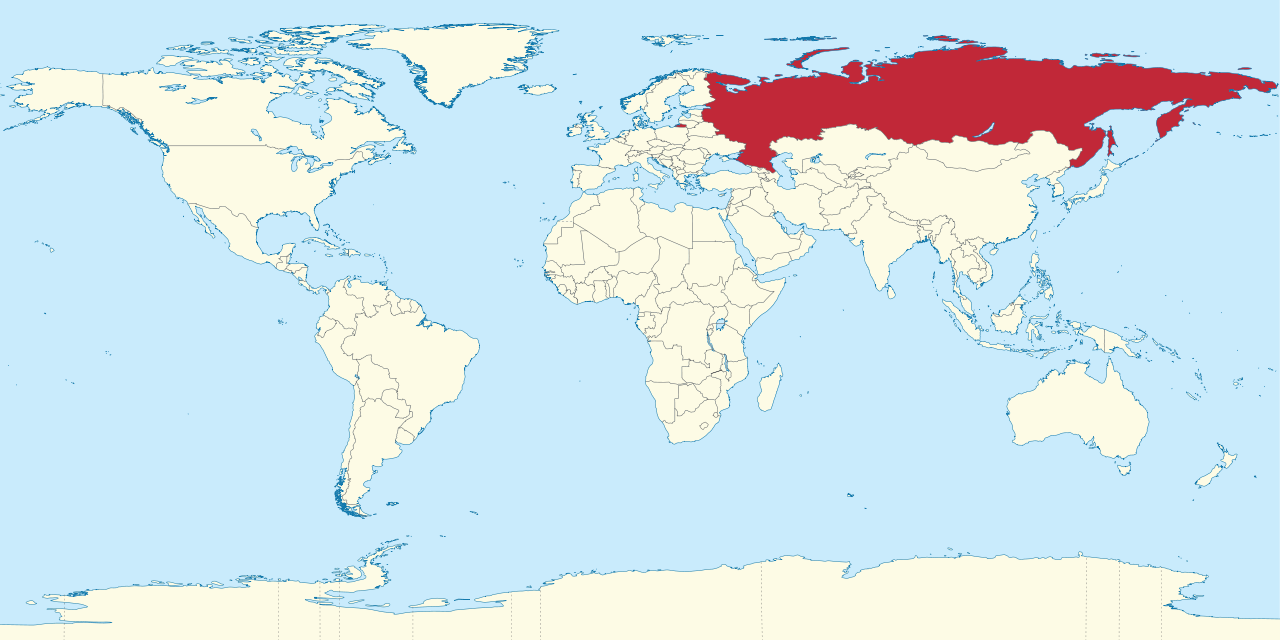 |
| Conifer Trees |
The Taiga has one of the coldest and most harsh winters out of all of the biomes, with temperatures staying below freezing for six months out of the year and ranging from about -65 to 30° F. However, the taiga also has a warm (but very brief) summer. The temperature ranges anywhere from 20° F to about 70° F, and the climate is generally humid and rainy.
It is home to a large assortment of furry animals well equipped to deal with the harsh weather, such as bears, moose, wolves, lynxes, squirrels and rabbits. During the summer months, the taiga is home to about 300 different species of birds.
 |
| A Siberian Tiger |
Up until the fall of the Soviet Union, the Tiaga remained generally untouched. After that, however, the Taiga began being lumbered. Today, logging is the biggest threat facing this area. Regions closest to civilization face the greatest danger. When these areas are clearcut, the organisms living there also die, making it difficult for new trees to grow, and also making the area more susceptible to erosion. Humans also threaten the Taiga by hunting for the many animals that live there, mostly for their fur and skin (to be turned into leather).
Another threat to the Taiga is climate change. Increasing temperatures melt permafrost, making it nearly impossible for new trees to take root. An increase in climate also means that the organisms who live there may have trouble surviving, and will either die, or be forced to leave. One example of this is the Siberian tiger, who's coat is too thick and who has too much body fat to be able to survive in a warmer habitat. Other species that are not native to the Taiga can also come in and cause infections. For example, beetle bark has the ability to kill entire forests once its eggs are laid.
The following graph illustrates climate change in the Taiga and possible scenarios:
Resources:
"Taiga." Blue Planet Biomes. N.p., n.d. Web. 29 Nov 2012. <http://www.blueplanetbiomes.org/taiga.htm>.
Taiga: Boreal Forest." National Geographic Education. 2012. <http://education.nationalgeographic.com/education/encyclopedia/taiga/?
"Taiga." Russiapedia. TV-Novosti, n.d. Web. 29 Nov 2012. <http://russiapedia.rt.com/of-russian-origin/taiga/>.
Image Resources:
"Taiga." Blue Planet Biomes. N.p., n.d. Web. 29 Nov 2012. <http://www.blueplanetbiomes.org/taiga.htm>.
Taiga: Boreal Forest." National Geographic Education. 2012. <http://education.nationalgeographic.com/education/encyclopedia/taiga/?
"Taiga." Russiapedia. TV-Novosti, n.d. Web. 29 Nov 2012. <http://russiapedia.rt.com/of-russian-origin/taiga/>.
Image Resources:


